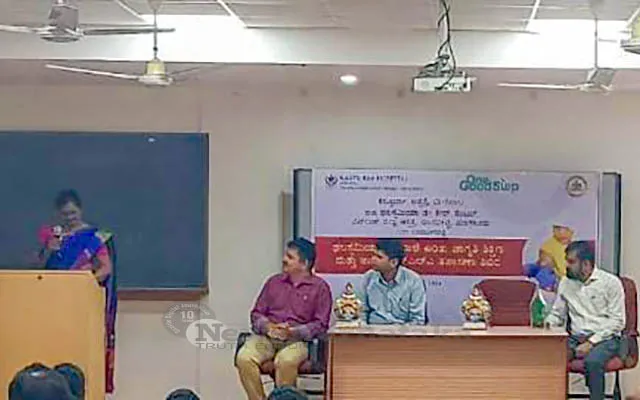
IUI or Intrauterine insemination is a treatment for infertility where the sperm is placed inside the uterus of the woman to aid in fertilisation. IUI aims to increase the sperm count that reaches the fallopian tube and this thus increases the chances of fertilisation.
IUI gives the sperms a head start but it is still essential that the sperm reaches and fertilises the egg by itself. The process is less expensive as well as less invasive as compared to in vitro fertilization.
IUI is used when the sperm count is low or the mobility of the sperm is decreased. It is also used to treat fertility issues like:
• Unexplained infertility
• Cervical mucus or a hostile cervical condition
• Any cervical scar tissue
• Ejaculation dysfunction
IUI is not recommended for patients who have a severe fallopian tube condition or a history of pelvic infection. It is also not for those women who have severe or moderate endometriosis.
Ovulation simulation medications are used before intrauterine insemination. The patient is carefully monitored to determine whether the eggs are mature enough. The procedure is then done around the ovulation time and after 24-36 hours of a surge in the LH hormone. This indicates that ovulation is soon to occur.
The semen sample is washed to separate the semen and the seminal fluid and a catheter is used to inject the sperm into the uterus. This helps to maximise the sperm cells that enter the uterus and thus increases the chances of the egg fertilising.
The process takes a few minutes and also does not cause much discomfort. The next step is to wait and watch and look for signs of pregnancy.
IUI, however, comes with some risks. There is a high chance that the woman will conceive multiples and there is a small risk of having infections.
There are a number of factors that decide if an IUI will be successful. The success rate increases if IUI is performed each month however, it is dependent on factors like the age of the woman, the reason for infertility and the use of fertility drugs. The rate of getting pregnant by this method is lower than through IVF.
ICSI or Intracytoplasmic sperm injection is a procedure where the sperm is injected directly into the egg that is obtained through IVF.
The procedure is performed in five simple steps. The egg that is mature is held with a pipette and a sharp and delicate needle is used to pick up a sperm which is immobilised. The needle is then inserted through the egg’s shell into the egg’s cytoplasm. The sperm is then injected into the cytoplasm and the needle is removed carefully. The next day, the egg is checked for normal fertilisation.
Once the egg gets fertilised, the embryo is placed in the uterus of the woman. Then, all the patient has to do is wait and watch for any signs of pregnancy. An ultrasound or a blood test is done to check if the implantation, and thus pregnancy, has occurred.
















